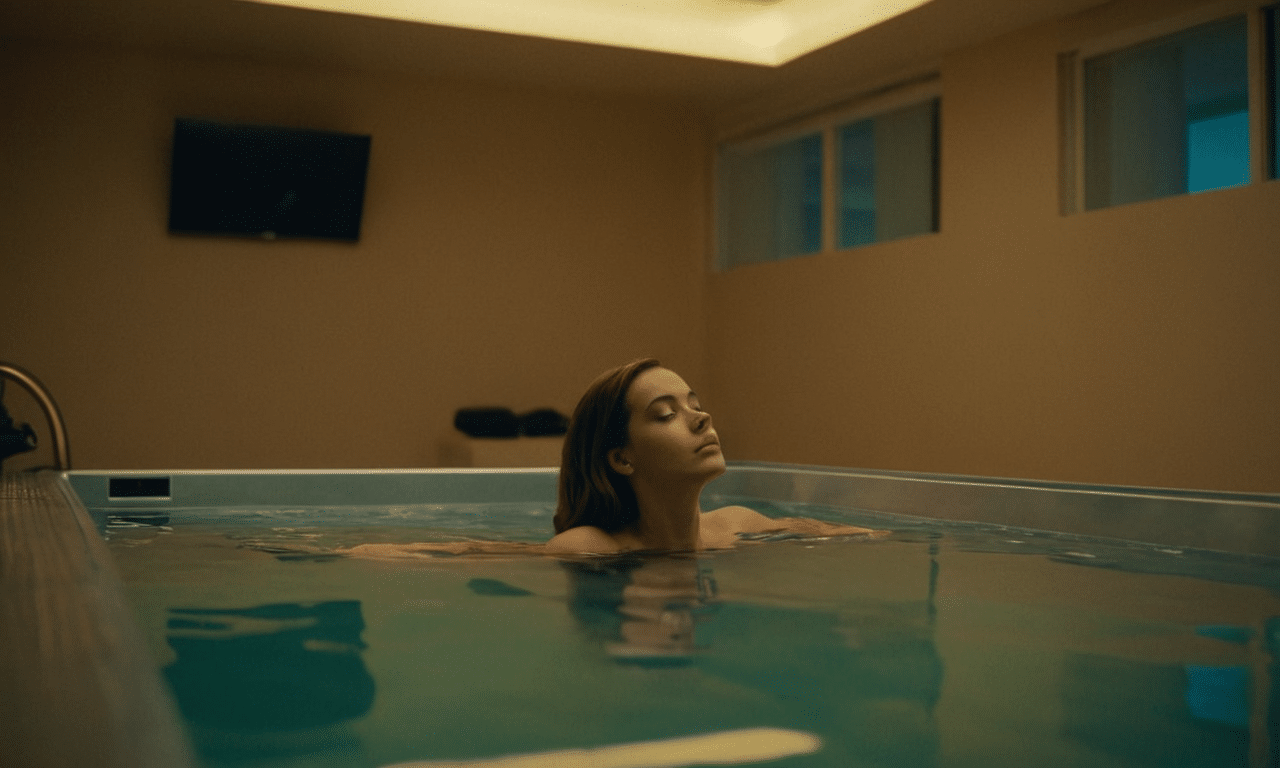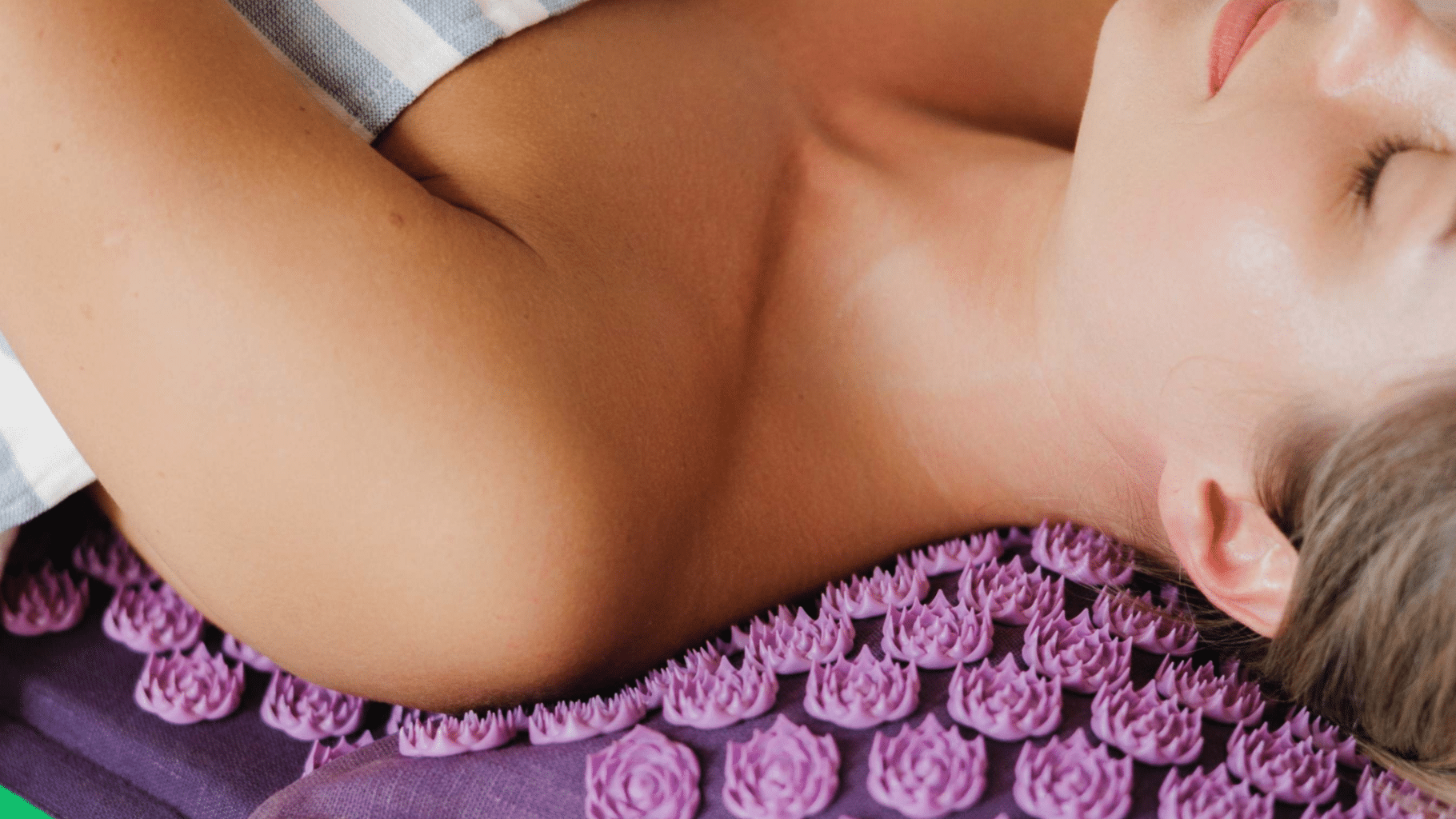In an era where self-care and wellness dominate the conversation, it’s no surprise that sensory deprivation methods like floating therapy have gained attention for their potential to induce deep relaxation and rejuvenation. But what sets floating therapy apart from other therapies, and is it truly effective?
What is the most effective alternative therapy to floating therapy?
Finding a suitable alternative can be challenging. While some may swear by meditation or deep breathing exercises, others might find solace in techniques like sound healing or Reiki. Research suggests that mindfulness-based therapies like yoga or tai chi could provide similar benefits to floating therapy.
Top Floating Therapy Comparison Points
- Sensory Deprivation: A more intense experience than meditation.
- Mindfulness and deep breathing enhance benefits.
- Pain Management: Epsom salts relieve muscle tension.
- Techniques vary between centers: guided visualization.
- Goals: Stress reduction, mental clarity, and relaxation sought.
- Methods: Salt water floatation tanks differ from sensory deprivation.
- Combination: Floating and meditation can bring profound relaxation.

What is Floating Therapy?
Floating therapy, also known as sensory deprivation therapy, involves lying in a tank filled with warm salt water. This unique environment allows individuals to float effortlessly. The concept first emerged in the 1950s and gained popularity for its potential mental and physical benefits.
The salt water floatation tank is designed to eliminate external stimuli, leading to deep relaxation. The high concentration of Epsom salt in the water makes the body buoyant, easing aches and stress. Unlike free-floating in a pool, the environment is controlled and intended for therapeutic purposes.
Though it sounds like something out of science fiction, salt float therapy has roots in well-established scientific principles. The benefits have been explored through various studies and anecdotal success stories. Many people use floating therapy to alleviate stress, anxiety, and physical discomfort.
Comparison to Other Therapies
Comparing floating therapy vs sensory deprivation might seem like splitting hairs, but they differ subtly. Floating therapy usually refers to the specific practice of using salt water floatation tanks, while sensory deprivation can include other methods like dark rooms or noise-canceling headphones.
When placed alongside meditation, floating therapy offers a more intense sensory reduction. Meditation practices can be enhanced with floating as it removes external distractions. Some find combining the two provides a profound relaxation experience.
Yoga offers physical and mental benefits similar to floating therapy. However, floating focuses more on mental relaxation without physical exertion. For those seeking a less physically demanding option, a sensory deprivation tank might be more suitable. For more on stress management, check out these relaxation techniques.
Benefits and Techniques
The benefits of salt float therapy are extensive. The main advantage lies in its ability to provide deep relaxation. By removing external stimuli, the brain can enter a meditative-like state, which helps reduce stress and anxiety levels. This period of isolation and zero-gravity sensation gives the mind and body a much-needed break.
Pain management is another significant benefit of floating therapy. Epsom salts used in tanks have long been known for their muscle-relaxing properties. Individuals suffering from chronic pain or muscle tension often report relief after sessions. The weightless environment reduces strain on joints and muscles.
Techniques to maximize the benefits include practicing deep breathing and mindfulness during sessions. Some centers offer guided visualization to help users reach optimal relaxation. Just like any therapy, the results can vary, but many find it a helpful addition to their wellness routine.
Choosing the Right Therapy
When deciding between floating and other therapies, individual goals and preferences are key. If mental clarity and stress reduction are your primary objectives, spending time in a salt water sensory deprivation tank may be ideal. It’s designed to give your brain a break from the constant barrage of external stimuli.
If physical activity and flexibility improvement are your priorities, yoga might be more beneficial. Yoga not only enhances physical health but also integrates mental wellness through meditation and breathing exercises. However, combining both can bring about the best of both worlds.
Specific conditions also play a role. For example, people suffering from chronic pain might find significant relief in salt water floatation therapy. On the other hand, those dealing with severe anxiety might prefer psychotherapeutic interventions. For more information, read about floating therapy on our site.
| Feature | Description | Importance |
|---|---|---|
| Sensory Deprivation | A state of reduced sensory input to promote relaxation. | High |
| Muscle Relaxation | Epsom salts and buoyancy ease muscle tension and pain. | Medium |
| Meditative State | The tank’s isolation induces a meditative-like state for mental clarity. | High |
| Pain Management | Epsom salts and weightlessness reduce chronic pain and tension. | Medium |
| Guided Visualization | Centers may offer guided visualization to enhance relaxation. | Low |

Personal Thoughts
I’ve always been drawn to the concept of floating therapy as a way to quiet my mind and relax my body after years of chronic stress. As someone who’s spent countless hours researching and experimenting with various techniques, I can attest that it’s not just about finding what works – it’s also about understanding why it works.
For me, the beauty of floating therapy lies in its simplicity: by surrendering to the gentle tug of the water, I’m able to let go of my thoughts and worries, if only for a brief moment. It’s a reminder that sometimes, the most effective solutions are those that allow us to let our guard down and simply be.
Frequently Asked Questions
How does floating therapy compare to meditation in terms of relaxation benefits?
Floating therapy and meditation are both effective ways to reduce stress and promote relaxation, but they work in different ways. Floating therapy involves floating in a sensory deprivation tank filled with Epsom salt water, which can induce a deep state of relaxation by reducing external stimuli. Meditation, on the other hand, is a mental practice that involves focusing one’s attention inwardly to achieve a state of calm and clarity. While both techniques can be beneficial for relaxation, they may appeal to different individuals depending on their personal preferences and needs.
What are the key differences between floating therapy and deep tissue massage?
Floating therapy and deep tissue massage are two distinct therapies that serve different purposes. Floating therapy involves floating in a sensory deprivation tank, which can help reduce muscle tension and promote relaxation by eliminating external stimuli. Deep tissue massage is a physical treatment that targets specific areas of the body to release tension and improve circulation. While both techniques can be beneficial for relieving pain and promoting relaxation, they may appeal to different individuals depending on their personal preferences and needs.
Can floating therapy be used as a standalone treatment or must it be combined with other therapies?
Floating therapy can be used as a standalone treatment or in combination with other therapies. Some individuals may find that floating therapy provides the deep relaxation and stress relief they need, while others may prefer to combine it with other treatments such as physical therapy, acupuncture, or counseling. The benefits of floating therapy make it a versatile treatment option that can be adapted to individual needs.
How does floating therapy compare to progressive muscle relaxation in terms of effectiveness for anxiety reduction?
Floating therapy and progressive muscle relaxation are two distinct techniques that serve different purposes. Floating therapy involves floating in a sensory deprivation tank, which can help reduce anxiety by eliminating external stimuli and promoting deep relaxation. Progressive muscle relaxation is a physical technique that involves tensing and relaxing specific muscles to release tension and improve circulation. While both techniques can be effective for reducing anxiety, the results may vary depending on individual preferences and needs.




